
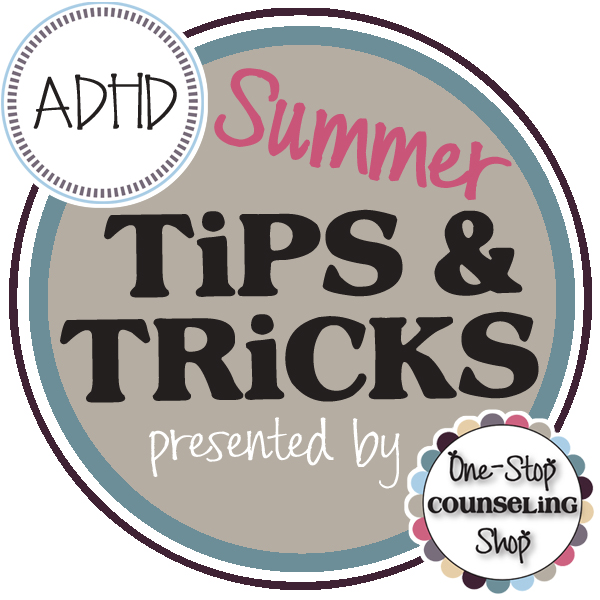
During this summer, I’m going to be starting a blog series focusing on several different disorders that affect children at school: ADHD, Autism, Bipolar Disorder, Depression, Anxiety Disorder, and ODD. Each entry will describe the disorder, give practical strategies for improving success at school, and also a few social-emotional goals and accommodations that might be appropriate for students with special education services! I hope that you’ll join me!
First up is ADHD. Short for Attention Deficit-Hyperactivity Disorder, ADHD is a psychiatric or neurobehavioral disorder. Students with ADHD often have significant difficulties in either attention (inattentive type), hyperactivity and impulsiveness (hyperactivity/impulsivity type), or both (combined type). While the actual rates of diagnosis of ADHD differ by geographic location, socioeconomic status, and doctor, school professionals tend to agree that it is one of the most common disorders they encounter in working with children.
Symptoms:
Inattentive Type –
- Be easily distracted, miss details, forget things, and frequently switch from one activity to another
- Have difficulty maintaining focus on one task
- Become bored with a task after only a few minutes, unless doing something enjoyable
- Have difficulty focusing attention on organizing and completing a task or learning something new or trouble completing or turning in homework assignments, often losing things (e.g., pencils, toys, assignments) needed to complete tasks or activities
- Not seem to listen when spoken to
- Daydream, become easily confused, and move slowly
- Have difficulty processing information as quickly and accurately as others
- Struggle to follow instructions.
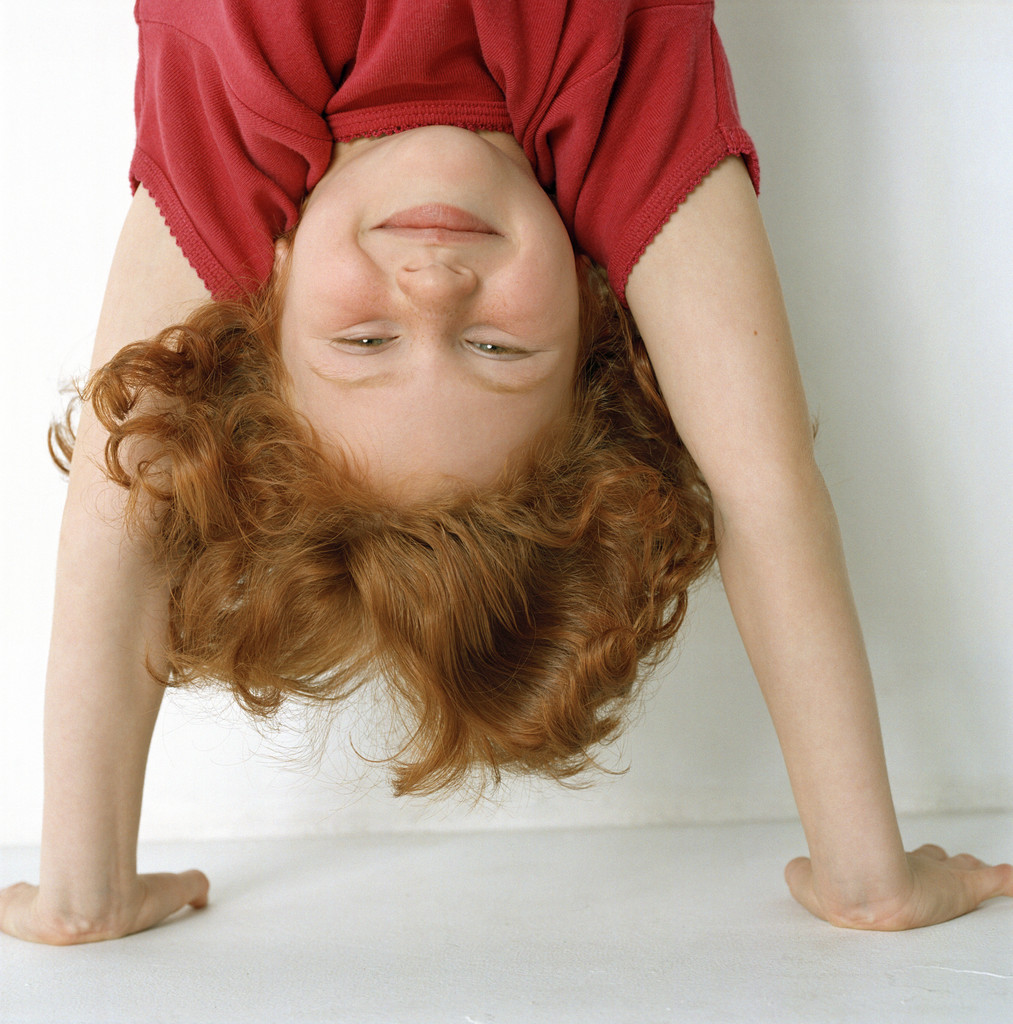 Hyperactive-Impulsive Type –
Hyperactive-Impulsive Type –
- Fidget and squirm in their seats
- Talk nonstop
- Dash around, touching or playing with anything and everything in sight
- Have trouble sitting still during dinner, school, and story time
- Be constantly in motion
- Have difficulty doing quiet tasks or activities
- Be very impatient
- Blurt out inappropriate comments, show their emotions without restraint, and act without regard for consequences
- Have difficulty waiting for things they want or waiting their turns in games
Suggestions:
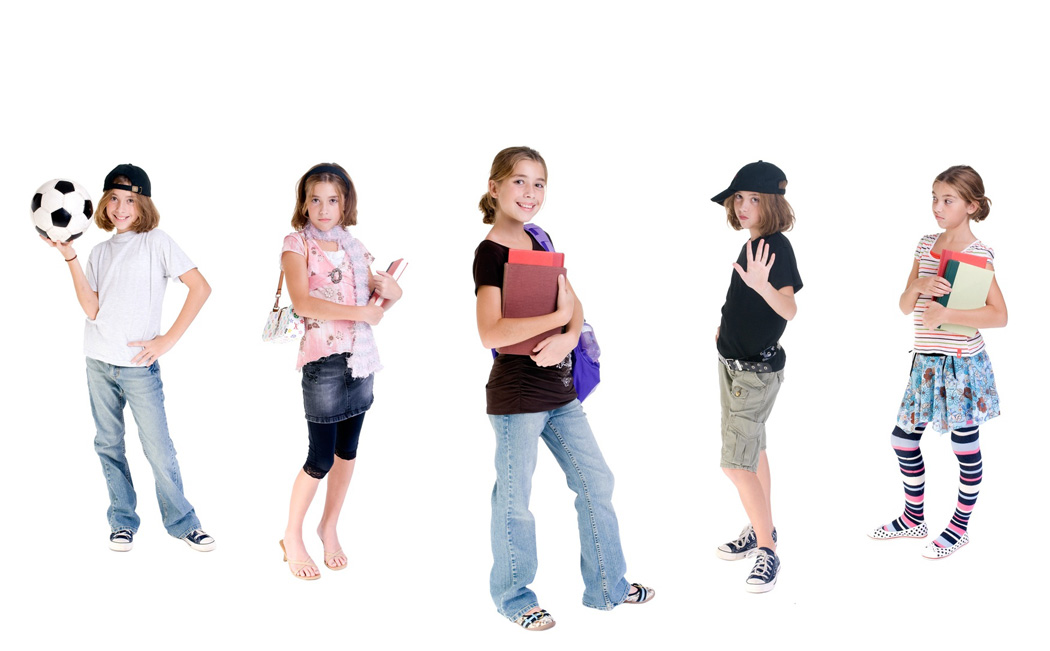
- Encourage the student to get involved in extra curricular or sports activities in order to boost their confidence and self-esteem
- Keep routines and schedules structured and predictable so the student will always know what to expect
- Try a visual schedule. This can be made out of paper and pictures, or you can try one of the several apps for iPads or Droid devices.
- Provide visual reminders of behavioral expectations such as pictures of rules posted on their desk, behavioral charts, etc., or have students act out rules. Simply yelling a student the rules over and over probably won’t work!
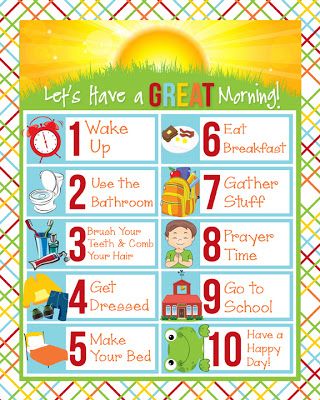 Color-code materials for different subjects throughout the day to help with organization
Color-code materials for different subjects throughout the day to help with organization- Develop a private nonverbal signal you can use to correct minor student behavior
- Provide verbal and visual warnings about 5 minutes and 1 minute before transitioning to a new activity
- Change the way students are called on to avoid calling on students one at a time and having everyone else get bored. Instead, have students respond by “telling their partner,” writing down, or drawing their response.
- Provide notebook organizers or other graphic organizers
- Try music, either through headphones for 1 student or for the entire class. Sometimes students actually NEED noise in order to focus.
Sample Goals
- Given small group practice, Mallory will improve her classroom performance from requiring frequent redirection to independently remaining in her seat and following directions.
- Given behavior training, Michael will improve his behavior in the hallway from from running and bumping into others to keeping his hands to himself, maintaining appropriate personal space, and following verbal directions with minimal adult prompting.
- Given small group practice, Carrie will improve her attention skills from working with frequent redirection for 5 minutes to remaining in her desk, following directions, and asking for help when needed for 10 minutes with no adult prompts.
- Given small group intervention, Austin will improve his cognitive organization skills from being unable to discuss any information from a story to creating and filling in graphic organizers for putting events in order, comparing and contrasting, and organizing details from a story with no more than 1 adult prompt.
Sample Accommodations:
- Break work into smaller pieces
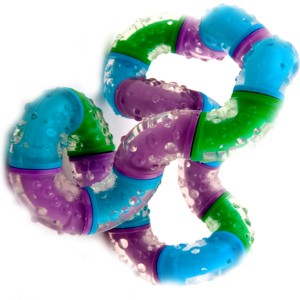
- Allow extended time for assignments as well as frequent breaks which give the student a chance to get up and move (all kids benefit from this!)
- Provide different types of fidgets
to keep their hands busy and help improve focus (exercise bands tied to desks work well too!)
- Teach students who to use and create graphic organizers to learn and apply new information
- Allow students who struggle with organizing their writing to dictate assignments, or record their verbal answers and then write them down
If you’re looking for hands-on activities for your students, check out my Organization Activities for Students with ADHD and my Graphic Organizer Pack! You can also check out my Pinterest Board especially for all things ADD/ADHD for even more ideas!
Thanks to Wikipedia for contributing to this article!

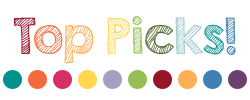

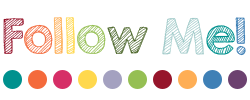

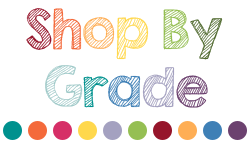
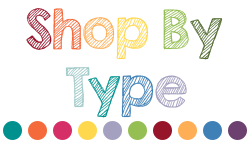
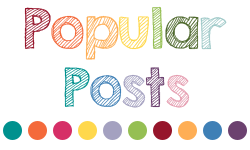
[…] writing a blog series focusing on several different disorders that affect children at school: ADHD, Autism, Bipolar Disorder, Depression, Anxiety Disorder, and ODD. Each entry will describe the […]
[…] been writing a blog series focusing on several different disorders that affect children at school: ADHD, Autism, Bipolar Disorder, Depression, Anxiety Disorder, and ODD. Each entry describes the […]
[…] writing a blog series focusing on several different disorders that affect children at school: ADHD, Autism, Bipolar Disorder, Depression, Anxiety Disorder, and ODD. Each entry will describe the […]